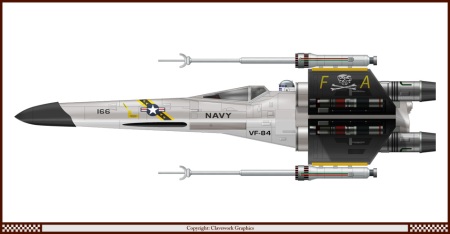Again, little bits of things I’ve thought of lately:
American Airlines – what’s the deal?
I flew to St. Louis over the weekend. I flew American Airlines. When I set up my flight there were three seats available, all inside seats in the groups of three on the old MD-80 they were using (2 seats on the left, 3 on the right). A day before I left, there were several window seats available – for an upcharge of $ 14.00! So, they were available all the time, but they were holding them back? What’s that about? On Sunday morning, when I came back, there was a first-class seat available for an upcharge of $ 45.00. It was in the front row, and I was having knee problems, so I went with it. It also meant I could check a bag (actually, 3) for free, so I did. I’m sure if I tried to get a first class ticket a month ahead it would have been a lot more – hell, if I had tried to do it a couple of days before it would have been really pricey! So what’s up with this? I guess that’s why I go with Southwest most of the time. Yeah, they aren’t as cheap or as easy to work with as they used to be, but they still don’t have scams quite like that.
“Heat Rises,” by Richard Castle
I just finished reading Heat Rises, the third book in the Nikki Heat series “written by Richard Castle” from the television show “Castle.” I don’t know who has really been writing them, but the first one was almost unreadable, the second was better, and this one is actually pretty good, with a few cute in-jokes along the way. It’s a short book, but it’s not a bad read. If you like the television show, you will like the book. I don’t know that I can recommend the first one to anybody but the most diehard Castle fans. This one ain’t James Patterson or Michael Connelly, but it’s better than most TV show tie-ins.
Terra Nova
I’m writing this while watching “Terra Nova.” I’m not sure about this one. I know it’s months late in getting on the air, and cost $ 20 million for the first two episodes, but I guess a lot of that is the town sets – apparently 250 sets were constructed overall. It’s pretty extensive. It took a long time to shoot in Australia, too. (Spielberg didn’t want it to look too much like Jurassic Park, so no filming in Hawaii.) The early part, in a seriously screwed-up 22nd century that looks like an uglier Blade Runner future, probably cost a pretty penny, too. But what about the dinosaurs?
Nope. Not so good. I mean, not SyFy Channel-cheap, but not ILM film quality either. Now, I’m not watching it on HD, but I can’t imagine the dinos look a lot better there. And, worst of all, when the pseudo-T-rex attacks, you can actually see its feet not match the ground level.
At $ 4 million an episode, they are only going to do 13, and blow them all by the end of December. At that point it will have cost over $ 60 million. I hope they will have something cool to show for it.
There’s a little subplot about dissidents out there in the bush, and another one about apparently some kind of ancient-astronaut deal or something – anyway, some kinds of geometric markings in the rock, but only the teenagers have seen them, and they ain’t tellin’ because they found them when the kids were outside of the fence without permission.
Brannon Braga is exec producing. Don’t get me started about that. Suffice it to say I don’t see that as a positive. On the other hand, Stephen Lang is a pretty good actor and is better in this part than in his hardass unreasonable crazy weasel character from Avatar. The rest of the cast is going to take some time to shake out.
Couldn’t we just have spent this $ 60 million on a couple of seasons more of “Firefly?

















